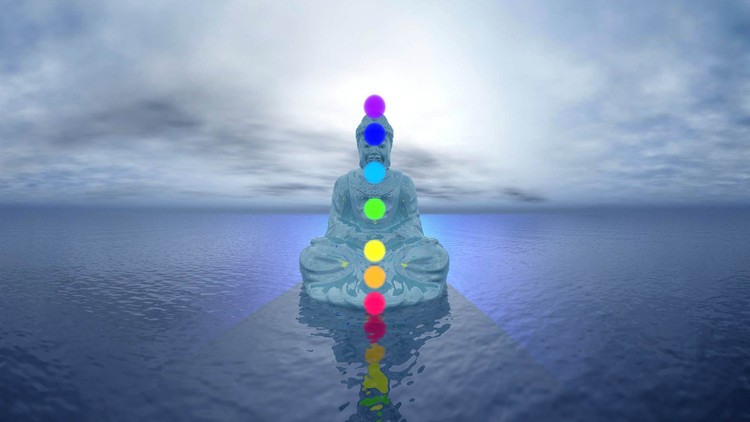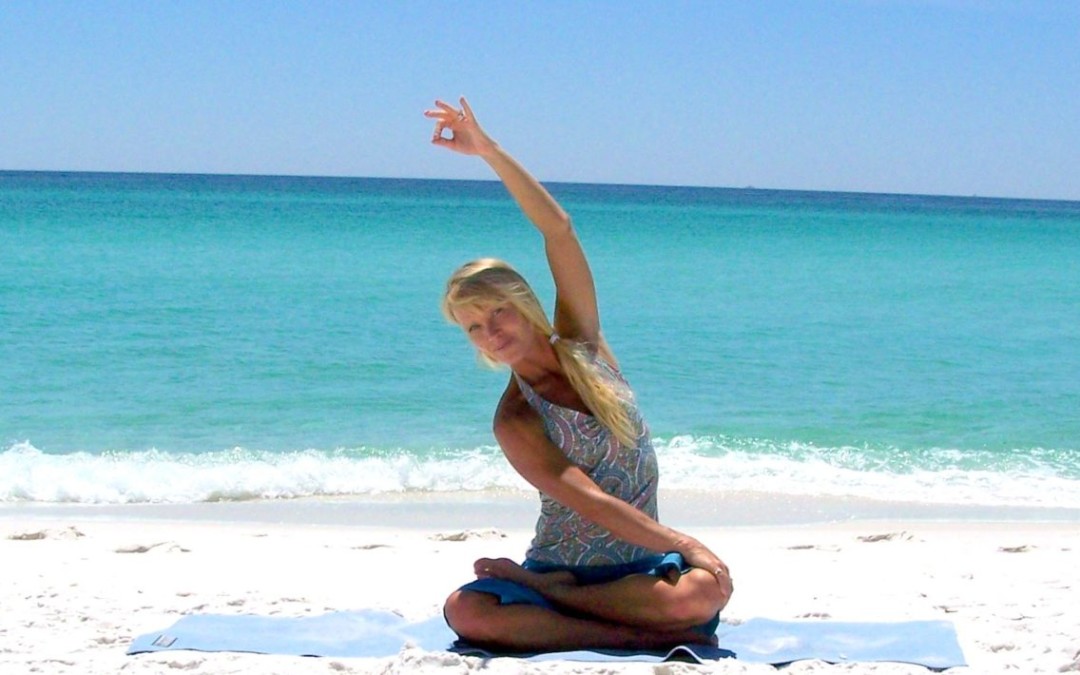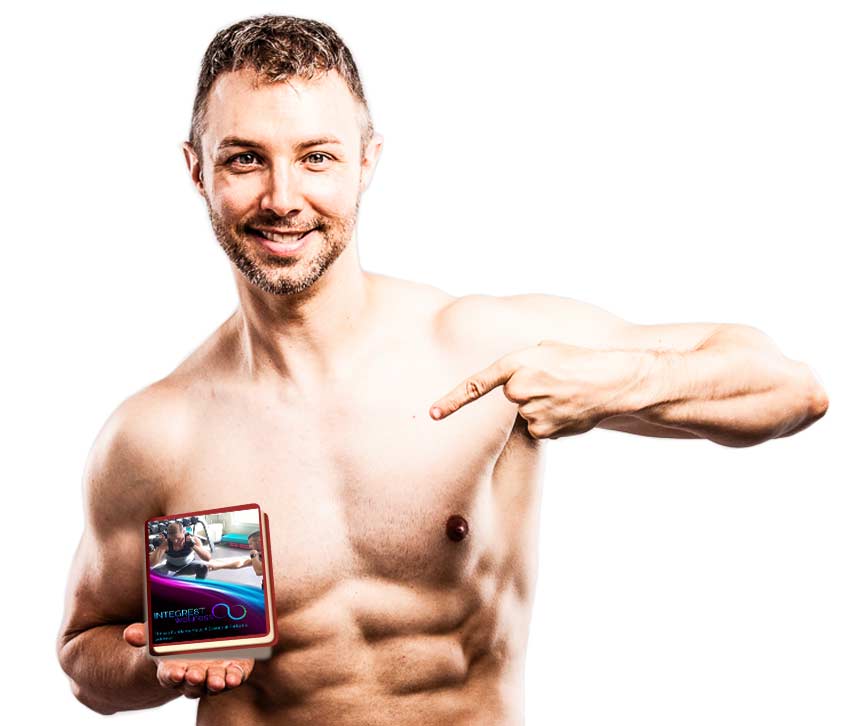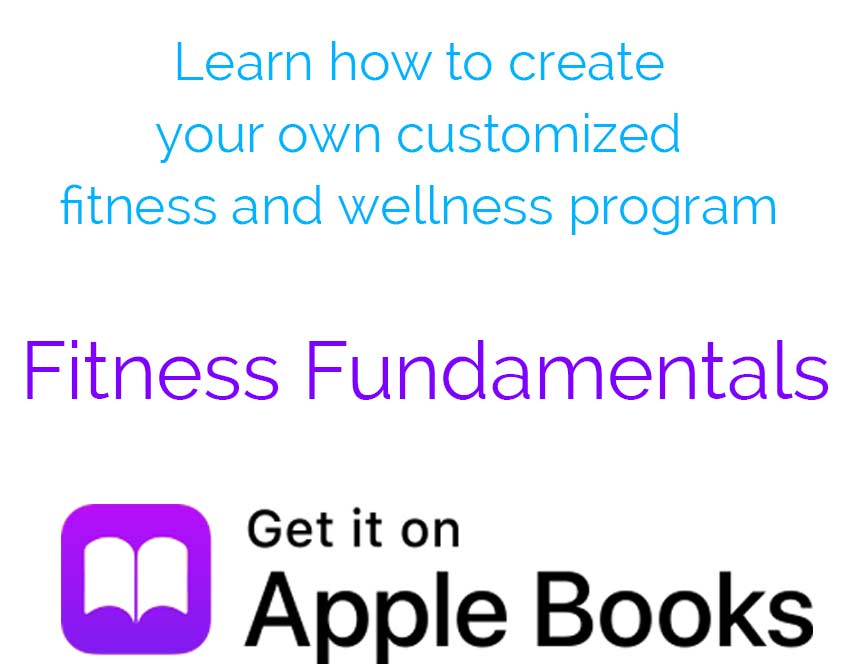Why do I resist rest?
I’m a busy person. I often have to be up at 5am to begin training clients at 6am, and then I might not get home from work until 8pm or even 9pm. In the middle of all that, there are lots of hours scattered around where I’m working on one project, errand, or another. Kinda. It’s hard to get into anything before I have to stop. As you see, the problem I tend to run into is that my “breaks” are more like interruptions. I can take a little time to breathe (and maybe eat), but just as I get into a task, I have to change directions. I like nice and neat starting and stopping points, so imagine my aggravation about higgledy piggledy scheduling. It’s frustrating.
So, guess what suffers? Mhm. My consistent weak point: Rest. Most people already find me to be an energetic person to say the least. What they might not realize is that they’re nearly always seeing me sleep deprived. When I’m well rested (which seems to happen randomly one night every two or three months), I’m a force of nature: Kitten Boy can save the world!
At any rate, the reason rest is once again on my mind is because a client recently took me to a yoga class as a treat. There are so many styles of yoga. There are some that I really admire (e.g. the athleticism of Ashtanga, the calm centering of Hatha, and the beautiful flow of Budokon), and others that I really cannot stand (e.g. hot yoga makes me physically ill, and Bikram yoga competitions seem like heresy). But that evening, I experienced a style that I’d heard of, but which was new to me.
Kundalini yoga (as I experienced it for the first time) incorporated practically no poses. Most American students might be confused by this. “Yoga is great exercise!” Yes, but yoga is a practice going back thousands of years, and as I described in the past, it has many levels. The “exercise” part of yoga is level three. Most American students skip Yama and Niyama, and jump willy nilly right into Asana. This wasn’t even an option in this Kundalini class.

Kundalini Yoga
Kundalini yoga is “a flow that channels the latent female energy that lies coiled at the base of the spine.” Of all the styles of yoga I’ve experienced, this one is the most specifically and overtly spiritual. Yes, yogi of all styles will say their practice is connected to the soul. But in the overwhelming majority of classes I’ve taken over the course of 20 years, the class itself treats spirit as an afterthought that students are reminded to consider as they lie on the floor during Savasana. Many styles also include, or even focus on, introspective breathing and meditation after a simplified series of poses. But this practice went beyond that.
Kundalini yoga (as I experienced it for the first time) incorporated practically no poses. Most American students might be confused by this. “Yoga is great exercise!” Yes, but yoga is a practice going back thousands of years, and as I described in the past, it has many levels. The “exercise” part of yoga is level three. Most American students skip Yama and Niyama, and jump willy nilly right into Asana. This wasn’t even an option in this Kundalini class.
My impressions of Kundalini
Spirituality
From the first moment of greeting each other and inviting the sweet spirits into the space until the last moment of engagement, every part of the practice was focused on activating the creative, healing energy that moves up and down the spine. Breath was the central focus of physical activity, and all of that breathing went to generating oxygen to improve focus, not necessarily heat to deepen stretches. I was surprised by how relatively early we were lying down in what I always thought of as “the last shape.” But Savasana in this class came early, lasted quite a long time, was an active process of releasing emotional tension (not resting after physical exertion), and was then followed by the most physically vigorous portion of the session.
Seated Flow
Everything was either seated or reclined on the floor. Everything. This includes the final activity, which the yogi called “the washing machine,” because it involved nearly two minutes of vigorous twisting back and forth through the chest/heart/shoulders. It helped open my lungs, and I was able to take deep, powerful breaths that felt cleansing and expansive. At no point did we stand up, move through Sun Salutation poses, or perform anything akin to Downward Dog, Warrior, or Wheel. And it was amazing.
Peace
Kundalini left me feeling refreshed emotionally. I wasn’t sweaty or tired. I was calm, yet energized and focused. There was effervescent joy and light bursting out of my face. I floated home, and then I slept soundly. Obviously, I highly recommend this style of yoga, and I hope you’ll seek it out now that it’s beginning to get a foothold in the Carolinas.
Recent Posts

Glycemic Index vs Glycemic Load
This score indicates how damaging a food will be to your blood sugar levels. Foods that score 0-55 are rated low impact (and thus presumed to be better for diabetics and those looking to maintain healthy weight and/or body fat ratios), but this is not the whole picture.

Caffeine: 14 better options to ease SAD
Nearly a year ago to the dot, I wrote an article about Seasonal Affective Disorder (SAD), but there I focused on the importance of getting access to a full range spectrum of light. Here I’d like to focus on caffeine and sleep’s effect on SAD. I’ll also offer suggestions for what to do to help you feel better on the dark days.

Avoid fish oil supplements
I don’t generally promote supplements. Most of them play to specific, isolated points of medical research to serve as a magic pill. One remarkable example of this is fish oil.




